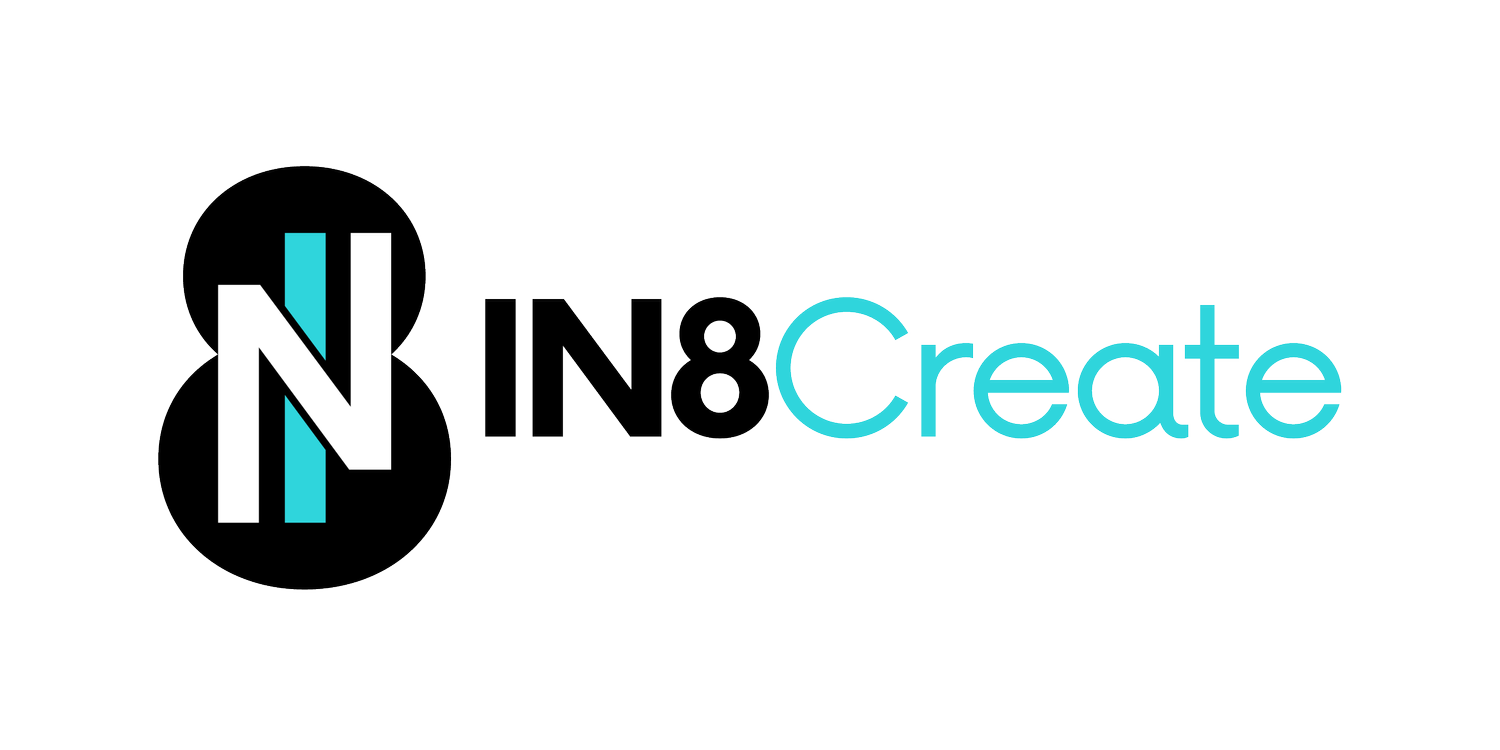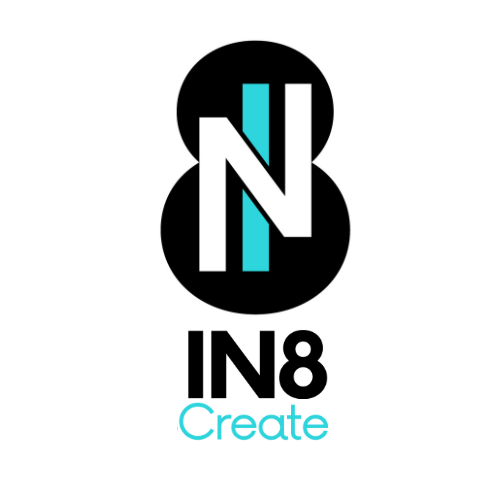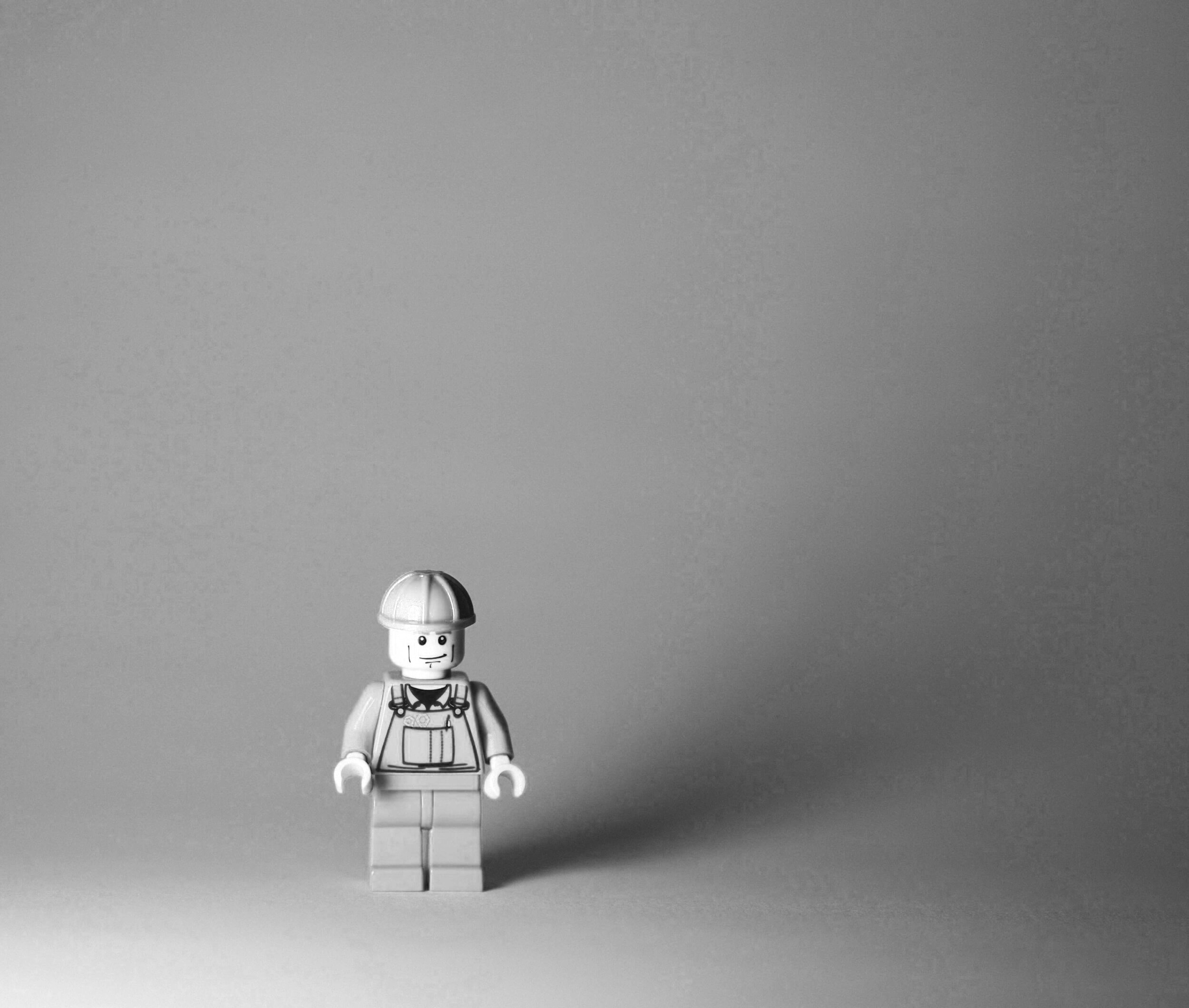
Insights
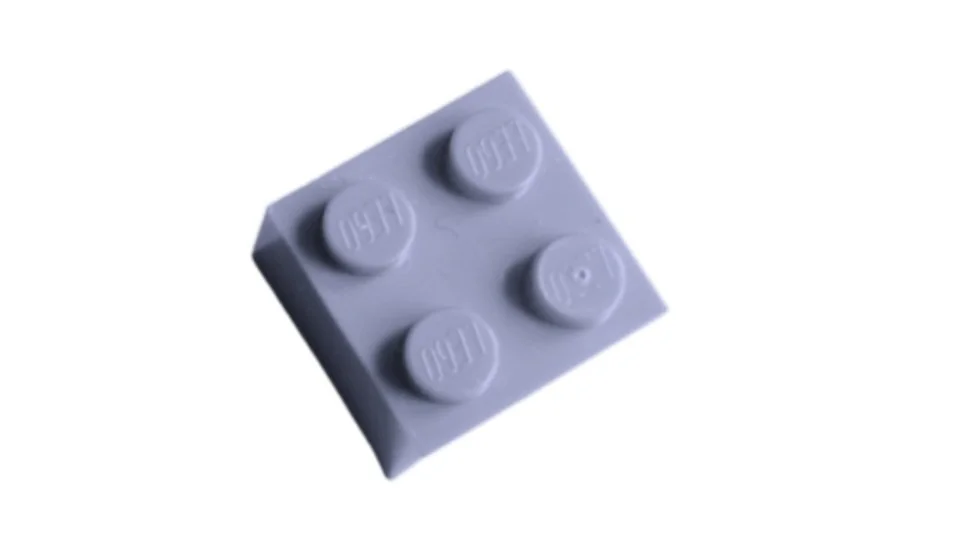
Complete Guide to LEGO® Serious Play®: Transform Team Communication Through Hands-On Collaboration
At its core, LEGO® Serious Play harnesses the neurological connection between our hands and brain. When teams "think through their fingers," they activate neural pathways that remain dormant during conventional discussions, accessing knowledge and insights that might otherwise remain hidden. This scientifically-backed process helps externalize abstract concepts into tangible models that everyone can see, discuss, and understand.
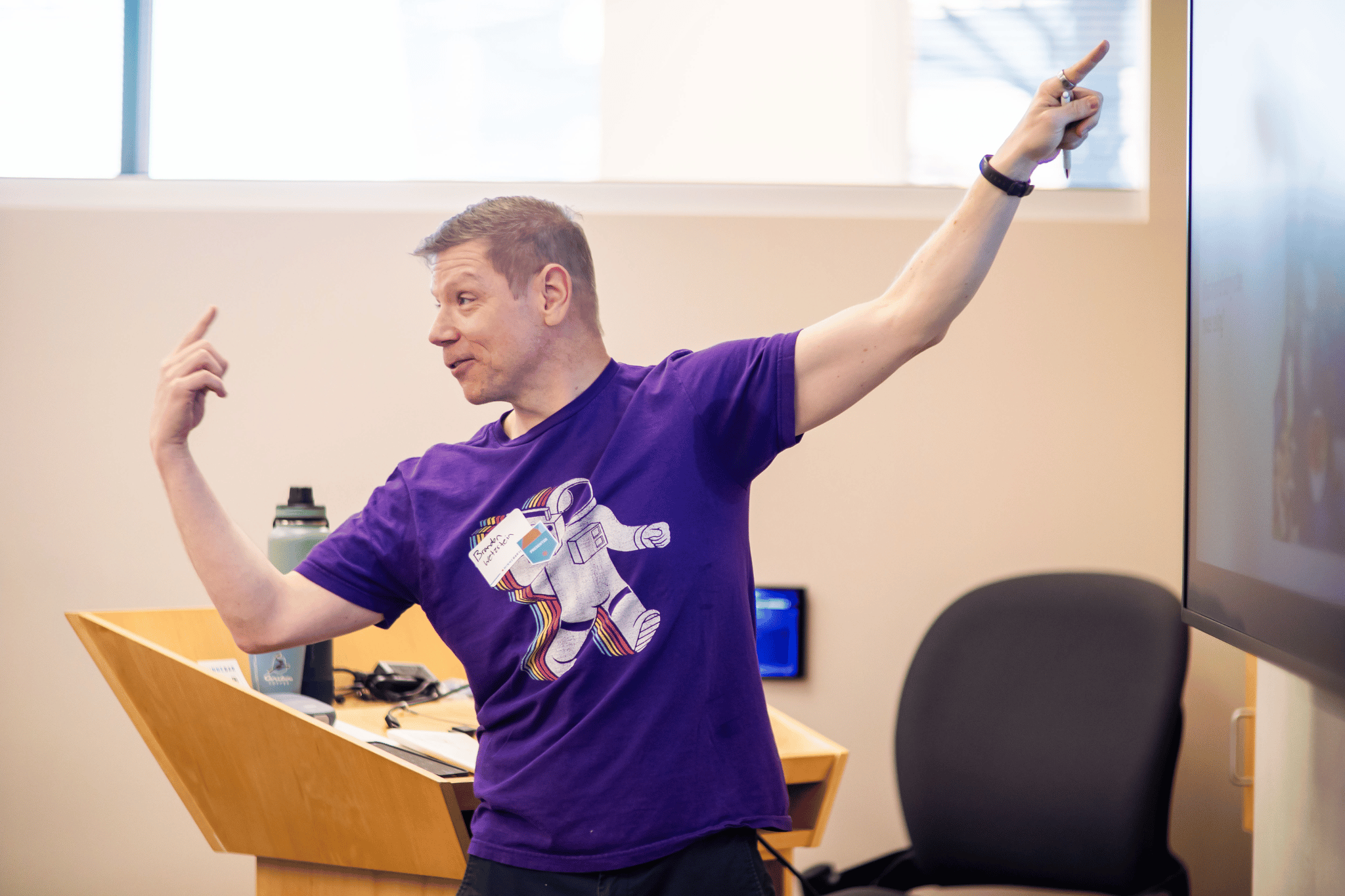
Minnebar 19
Last Saturday, I had the privilege of presenting "Building Better Teams" at Minnebar 19, Minnesota's premier tech unconference. Over 1000 people gathered on a Saturday to learn from each other, and I got to facilitate a room full of brilliant minds through a hands-on exploration of what makes teams truly exceptional.
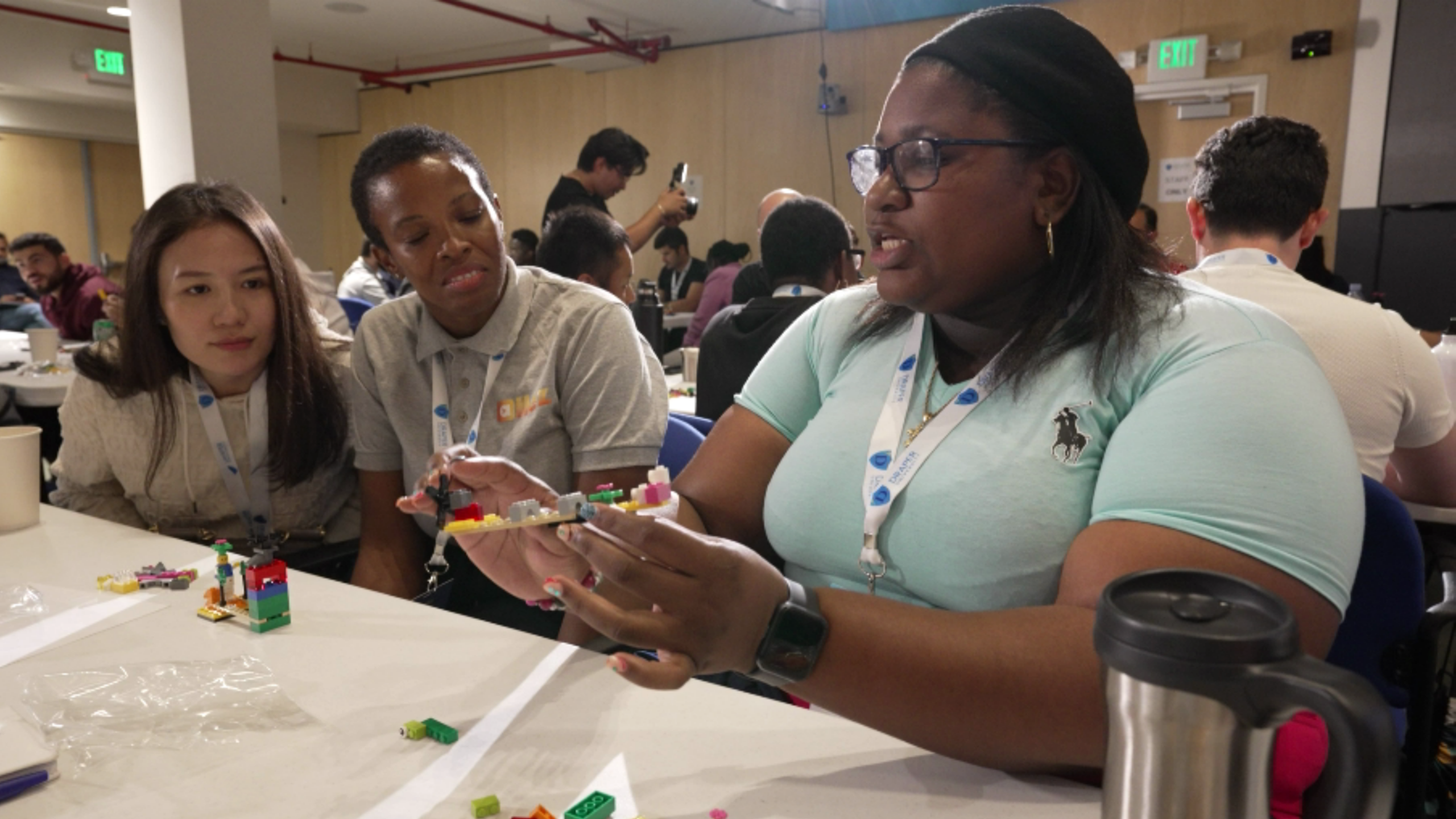
The LEGO® Serious Play® Method Explained: The Share Phase
The share phase of LEGO® Serious Play isn't just about presenting ideas. It's a carefully crafted experience that brings out the best in teams. By compressing time, encouraging curiosity, equalizing voices, focusing discussions, leveraging metaphor, and infusing play into serious topics, LSP creates an environment where true collaboration can flourish.

The LEGO® Serious Play® Method Explained: The Build Phase
The build phase of LEGO® Serious Play is more than just a fun activity – it's a powerful tool for unlocking team potential, fostering creativity, and driving meaningful collaboration. By providing a structured yet playful environment for reflection and expression, LSP allows teams to tap into their collective wisdom and build towards a brighter future, one brick at a time.

It's an Illusion: The Psychology Behind LEGO Serious Play
On the surface, LSP might look like simple child's play, but in reality, it's a sophisticated and highly effective group communication method used by organizations like NASA, the Department of Defense, Google, Microsoft, Amazon, and more!

Have You Heard of the Cortical Homunculus?
Think of when we have an active dialogue in groups. Due to the context we are generally using the prefrontal cortex, or the logic center of our brain.
Yet when we get our hands involved, such as when we build our thoughts and ideas out of LEGO bricks, we are using more parts of our brain.
Our hands, as pictured in the cortical homunculus image above, are activating more neuron networks in our brain, which in turn can give us access to more information or knowledge that might have not been accessible when just working verbally.

Neuroscience and LEGO serious Play with David Rock’s SCARF Model
Most challenges of workplace challenge, discord, engagement, and quiet quitting can be addressed via David Rocks' SCARF model.
Social threats and rewards can impact how productive, happy, and engaged we are at work, and the LEGO Serious Play method is a fantastic way to champion the social rewards part of the SCARF model.

